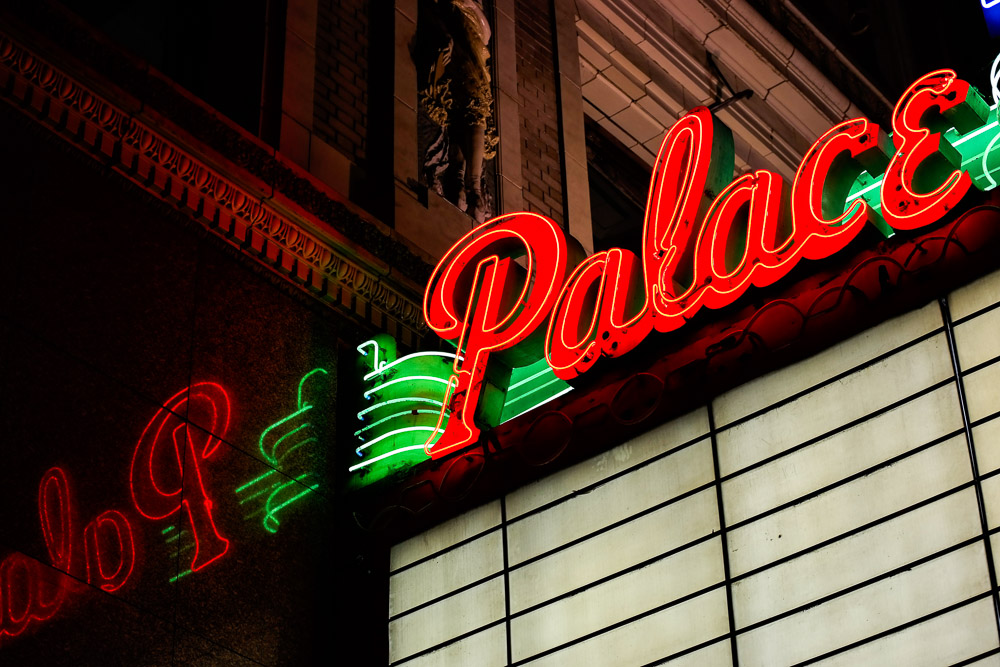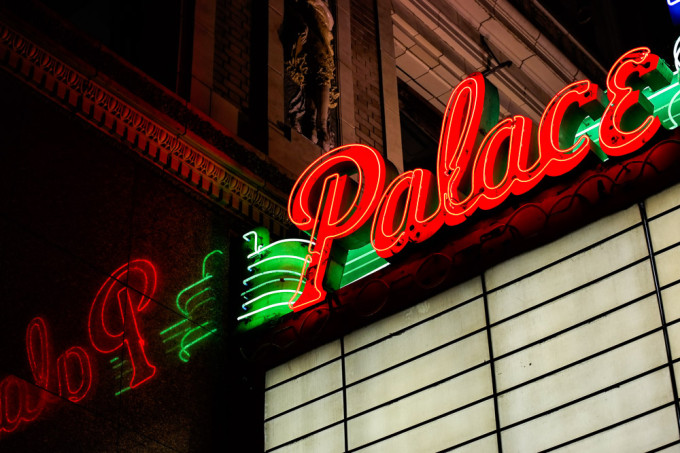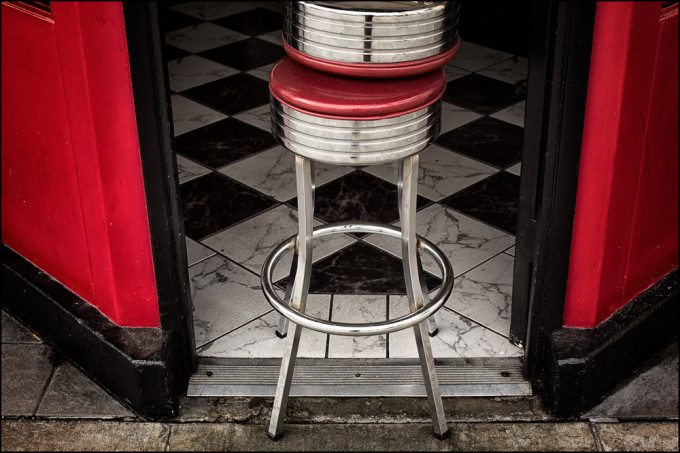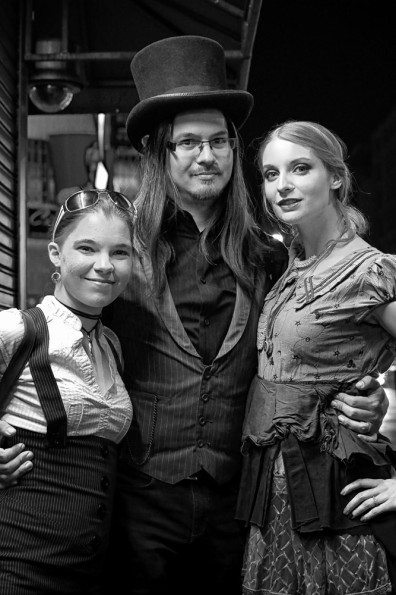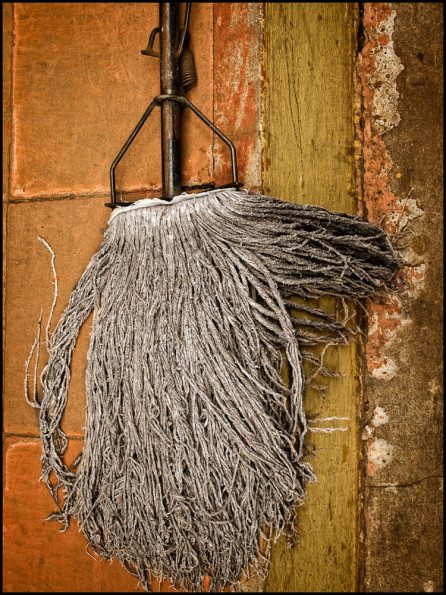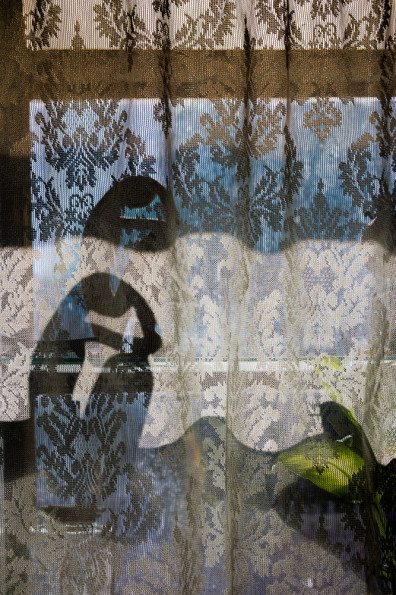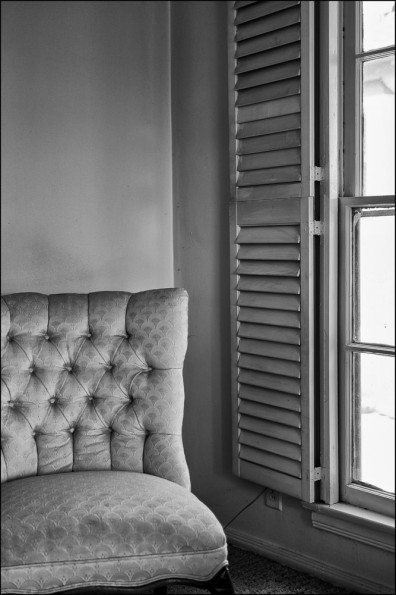Every photographer goes through it, but sometimes we are reluctant to admit it. The lack of creative productivity seems to come with equal doses of frustration and shame. Such feelings hardly leave us inspired to pick up the camera.
Some will feel further frustrated waiting for that elusive spark of inspiration to strike. But the truth of it is that she rarely pays a visit when you or I find ourselves in this muck of non-creativity.
The great artist, Chuck Close been quoted as saying, “Amateurs look for inspiration; the rest of us just get up and go to work.” His comments speaks to the truth of any creative effort which is that it’s often the work itself that draws us out inactivity and puts us into the heart of our expression and creativity.
Here are some tips for getting out and doing just that.
Photograph Where You Are
Rather than waiting to arrive at some destination or event as an excuse to pull out the camera, walk around your own home and make photographs. Evaluate the light as it passes through your home or office. See how differently the familiar and every-day objects of your life are transformed by the quality of the light.
The Two-Minute Assignment
Give yourself just two-minutes each day to dedicate to making as many images as possible. Whether it’s during your lunch break or right before you leave for work, pull out your camera and make as many images as you can with those 120 seconds. The limited time and space will reveal subjects to you that you might not have considered worthy of a photograph under different circumstances. You can be very surprised by what you find.
Impose a Limitation
Though we may have access to variety of equipment and accessories in a camera bag, it is sometimes working with less that can help inspire some great moments of shooting. Choosing a single lens or focal length, particularly one that you are not completely comfortable with shooting with can be reason enough to get out. The challenge of working in a way that is outside of our comfort zone can create new perspectives and approaches, which not only result in interesting photographs, but also can help us to grow as a photographer.
Visit a Museum
There are few things as inspiring as looking at great work hanging on a gallery or museum wall. Unlike the experience of looking at images on a computer screen, the process of looking at physical prints allows us to take in images in a more thoughtful way. The act of taking our time taking in the work of another artist helps us to appreciate the process itself and not just the final result. Few of us are left uninspired to go out and express ourselves in our own work.
Talk Photography, Not Gear
If you have a photographic community, but spend most of your time talking about technique or gear, the only inspiration you may experience is the desire to spend more money on a new piece of kit. Find people that talk about the photographs and the process. Such conversations can provide you an important perspective on your own creativity, especially those dry spells. You discover that you are not alone with the frustration, anxiety and fear associated with being artistic. Such relationships can ignite the desire to go out and make something happen.
Turn off the Computer/TV
There is no great time-suck than the time spent aimlessly staring at a television or computer screen. Instead, take an hour of time that is dedicated to staring at the glass teat (acknowledgements to Harlan Ellison) and pick up a monograph of a photographer whose work you love. Slowly peruse the images on those pages and try to understand what makes those images work. Analyze their use of light, composition, color and more. The ability to evaluate other’s work with provides you the tools you need to adeptly consider your own work.
Use Your Phone
The act of making “snapshot” can be incredibly freeing. Not having to worry about making a “great” photograph will often result in the creation of photographs that you might not make otherwise. Using a camera phone can put you in a place where you see, you react, and you shoot without the burden of fixating on the camera. It becomes about the practice of seeing rather than mastering the camera. It can serve as the bridge from snapshooting to the more “serious” photography you desire to make.
Please Support The Phoblographer
We love to bring you guys the latest and greatest news and gear related stuff. However, we can’t keep doing that unless we have your continued support. If you would like to purchase any of the items mentioned, please do so by clicking our links first and then purchasing the items as we then get a small portion of the sale to help run the website.
Also, please follow us on Facebook, Flickr and Twitter.


